Minister tours Rio Tinto's jadarite exploration site
Finance and Economy Minister Mlađan Dinkić has visited Rio Tinto's exploration site in the village of Slatina, near Loznica, in western Serbia.
Tuesday, 19.03.2013.
13:16

LOZNICA Finance and Economy Minister Mladjan Dinkic has visited Rio Tinto's exploration site in the village of Slatina, near Loznica, in western Serbia. The multinational mining company is carrying out geological explorations in the area rich with the mineral jadarite. Minister tours Rio Tinto's jadarite exploration site The mineral was discovered in the area in 2004 by the company's geologists, and is named after the nearby Jadar Valley. Dinkic noted as he toured the site on Monday that the deposits of jadarite were "unique in the world", and that the mineral contained "both lithium and boron", which the minister also described as a unique combination. "Rio Tinto is very satisfied by the findings so far. Estimates put the deposits at some 120 tons, while results of the analyses will come back from California by the end of this year to confirm the viability of investment, while work on the feasibility study will start next year," Dinkic said. The minister, however, warned that explorations of this kind took a long time to complete, but at the same time noted that investments that could follow "are measured in sums of over a billion dollars". Head of Rio Tinto's Serbian operation, Richard Storrie, was also there on Monday to say that the project was "very significant" for the company. "This is something completely new, considering that jadarite is unique in the world and a long-term process for us as a company, while the first thing we must do is analyze all the sites," Storrie was quoted as saying. The Rio Tinto representative also noted that the samples would be analyzed in California, U.S., and that considering that the technological processes involved in the mineral's processing were "all new", the company would have to find out how to proceed. Samples collected in western Serbia have been continuously sent for analysis since last December, in order to determine how to extract lithium and boron from jadarite "in an environmentally responsible, efficient and cost-effective manner". (Tanjug) Tanjug
Minister tours Rio Tinto's jadarite exploration site
The mineral was discovered in the area in 2004 by the company's geologists, and is named after the nearby Jadar Valley.Dinkić noted as he toured the site on Monday that the deposits of jadarite were "unique in the world", and that the mineral contained "both lithium and boron", which the minister also described as a unique combination.
"Rio Tinto is very satisfied by the findings so far. Estimates put the deposits at some 120 tons, while results of the analyses will come back from California by the end of this year to confirm the viability of investment, while work on the feasibility study will start next year," Dinkić said.
The minister, however, warned that explorations of this kind took a long time to complete, but at the same time noted that investments that could follow "are measured in sums of over a billion dollars".
Head of Rio Tinto's Serbian operation, Richard Storrie, was also there on Monday to say that the project was "very significant" for the company.
"This is something completely new, considering that jadarite is unique in the world and a long-term process for us as a company, while the first thing we must do is analyze all the sites," Storrie was quoted as saying.
The Rio Tinto representative also noted that the samples would be analyzed in California, U.S., and that considering that the technological processes involved in the mineral's processing were "all new", the company would have to find out how to proceed.
Samples collected in western Serbia have been continuously sent for analysis since last December, in order to determine how to extract lithium and boron from jadarite "in an environmentally responsible, efficient and cost-effective manner".


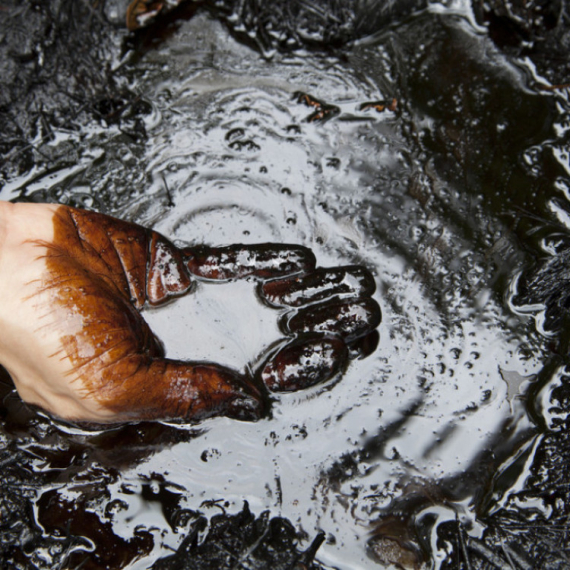
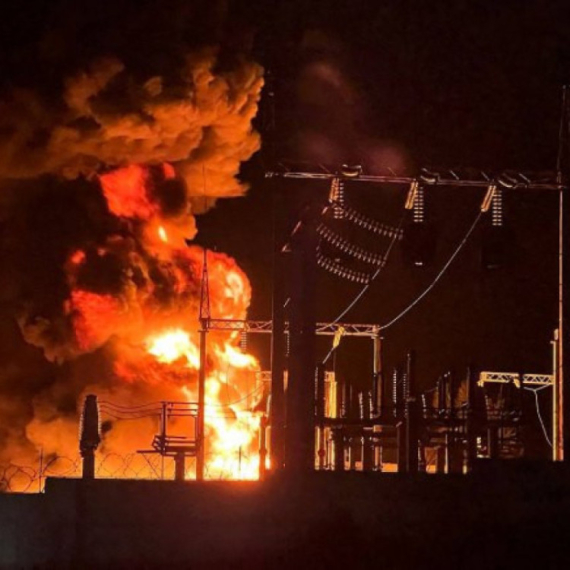

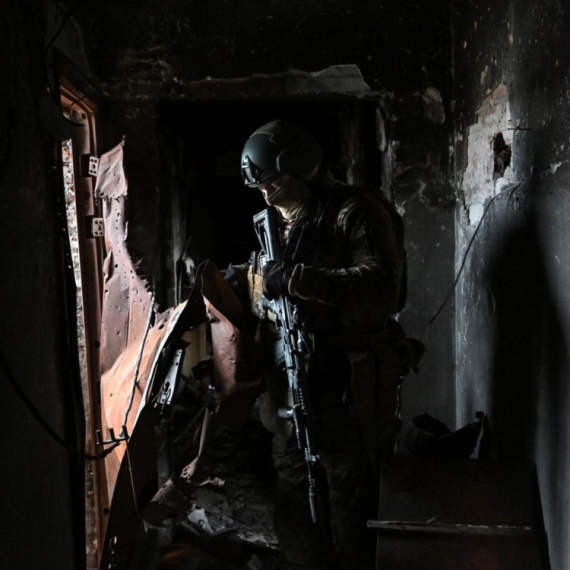






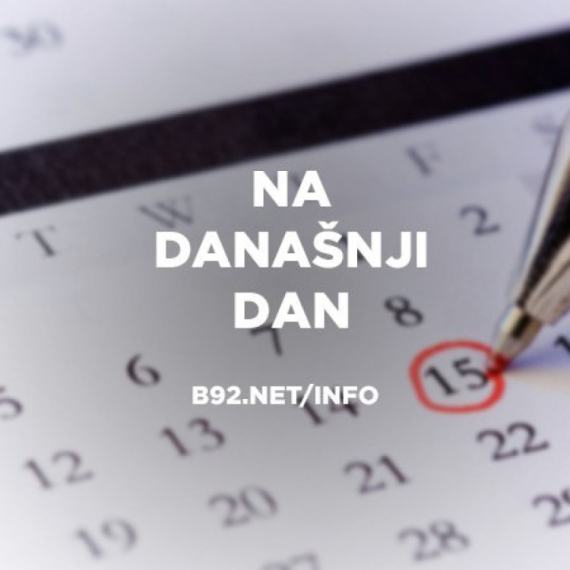




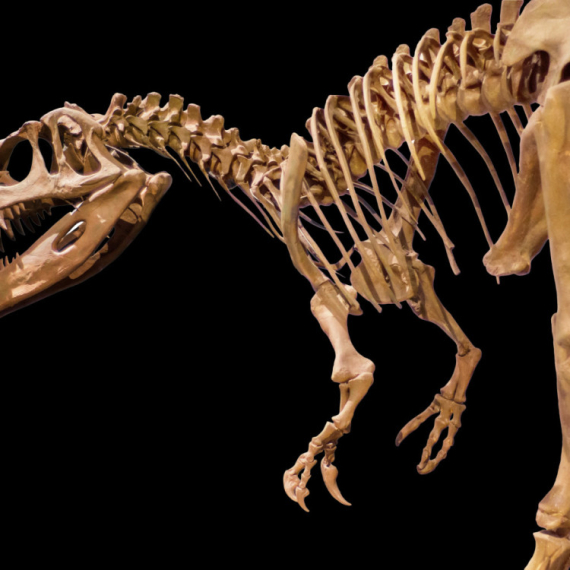




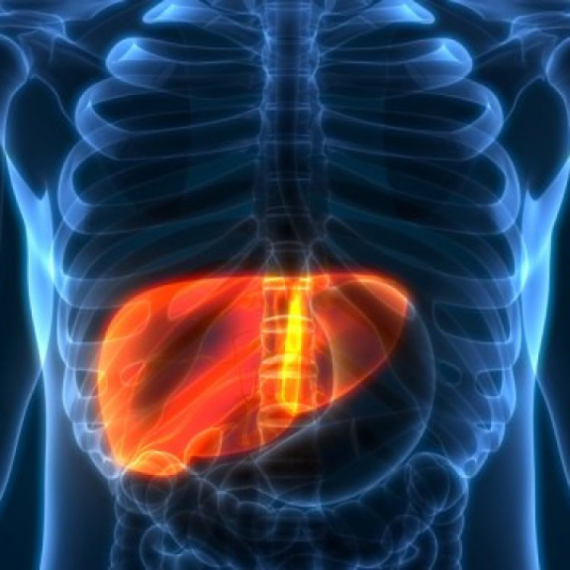
















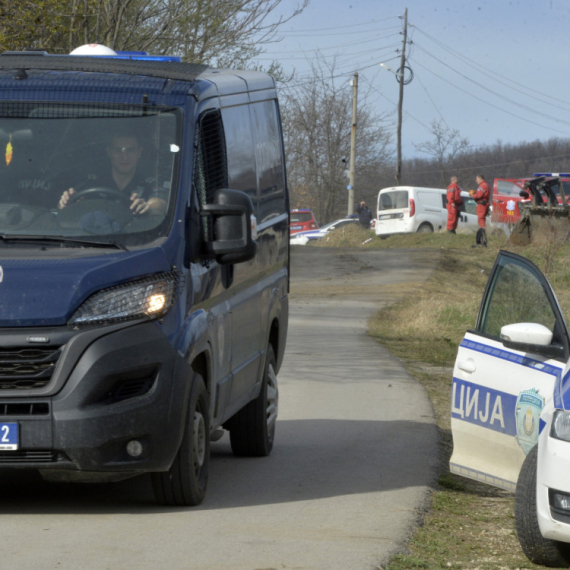




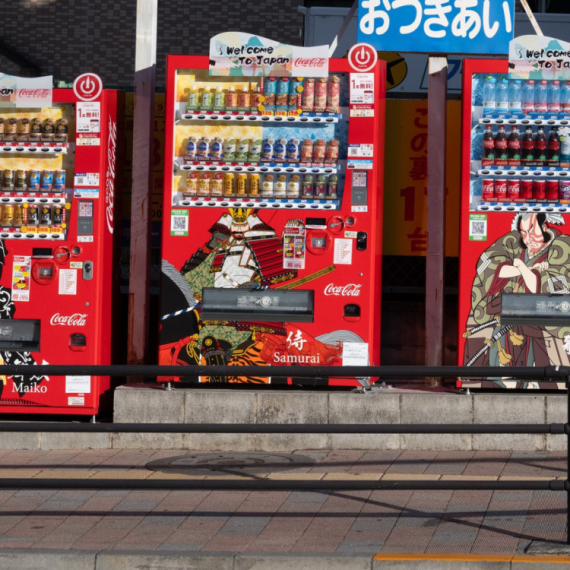









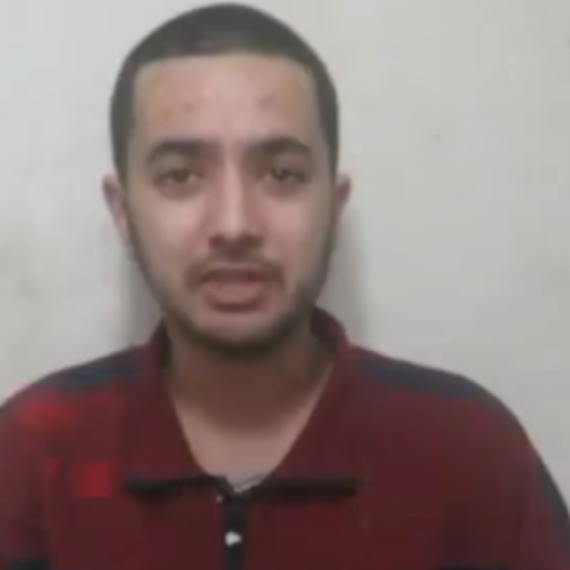
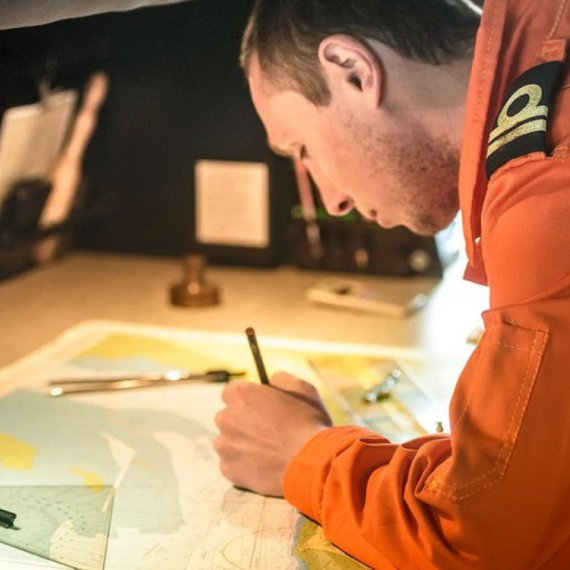


Komentari 0